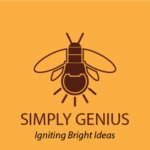
“What is ‘real’? How do you define ‘real’? If you’re talking about what you can feel, what you can smell, what you can taste and see, then “real” is simply electrical signals interpreted by your brain…”
While researching for my book, two quotes kept haunting me… This Morpheus quote above from the movie The Matrix, and this Albert Einstein quote below:
“The true sign of intelligence is not knowledge but imagination.”
The deeper I dug, the more I realized that there are actually two types of reality. One is the reality that allows us to live our daily lives. It’s a set of standards of society, an accumulation of beliefs that are different for different cultures, but ultimately, they inform our choices and decisions guiding us with a set of rules and standards of expectation. For the most part, it is designed for a reactive world; something happens or doesn’t happen, and we react accordingly. Your daily household routine and chores to keep your household running. Your need to earn a living to support your family. You pay taxes, you purchase food and items necessary for daily living, you pay the bills to keep the lights on… All of this is reactive living.
The second reality is what the people I call Disruptors do. They create the world they want to live in. They don’t play by the rules, at least, not in the conventional sense, and they live life proactively, visualizing how they see the world. Or, to put it another way: they design their world to their choosing.
Disruptors are the ones who tend to find some intriguing thread of curiosity and wonderment, something that speaks specifically to them, and they pull and tug at that thread to see where it leads. And once they get an idea of where it might take them, they begin to shape its path.
When a Disruptor focuses in this way, he or she is on a journey of exploration and discovery, an adventure that calls specifically to them.
In this way, they are not guided by beliefs, but instead they are opened to the adventure of discovery, without preconceived ideas (or beliefs). Every field has a Disruptor, art, science, engineering, philosophy, entertainment, medicine, architecture, psychology, clothing, design, sports, medicine, spirituality, community, environmental issues, technology…
Each Disruptor has a specifically unique vision they pursue to see where it leads. There are times when it can lead nowhere, and there are times when its inception defines a new standard in how we live, think, and act.
Reality, as many define it, is based upon the daily consumption of societal conditioning, news sources, social media, propaganda, habitual routine, and the need to survive based upon a structure laid out by governmentally imposed rules and regulations. Combined with our tribal upbringing, they define the values that create our belief system, the thing that drives, motivates, and defines us.
But is that really the reality? Or like so many creators and innovators who shape our world, constantly moving in their own direction, and defining the standards for how they want to live, isn’t that the reality we all should be living, instead of this reactive lifestyle we’ve indoctrinated into our lives?
When one steps away from all of this, takes a break, spends time in nature, letting his senses take in new information, letting his ideas wander, letting his sense of curiosity explore, does that not show us that there is an entirely other sense of reality that we dismiss?
Rats in a Maze
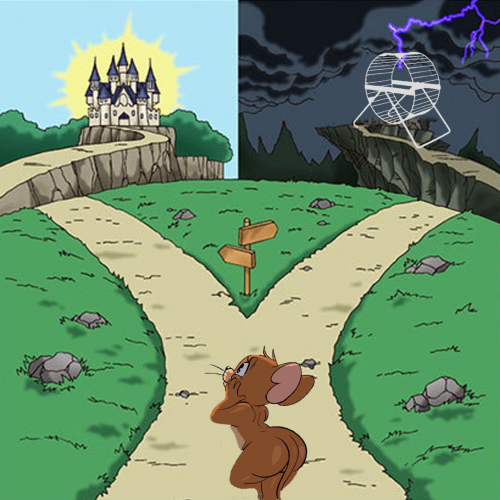
Have you ever heard of the Rat Park Experiment… – The condition of the cage turned out to be the issue, not the addiction to the drug itself per se.
In the 1970s, Dr. Bruce Alexander performed a series of experiments to understand addiction. These experiments have come to be known as the “Rat Park” experiment.
Researchers proved that when rats were placed in a cage, all alone, with no other community of rats, and offered two water bottles-one filled with water and the other with heroin or cocaine, the rats would repetitively drink from the drug-laced bottles until they all overdosed then eventually died. Like pigeons pressing a pleasure lever, they were relentless, until their bodies and brains were overcome, and they ended up dying.
But Alexander wondered: is this about the drug or might it be related to the setting they were in? To test his hypothesis, he put rats in “rat parks,” where they were among others and free to roam and play in the ‘park,’ socialize, and have sex. And they were given the same access to the same two types of drug-laced bottles. When inhabiting a “rat park,” versus a limiting cage, they remarkably preferred the plain water. Even when they did imbibe from the drug-filled bottle, they did so intermittently, not obsessively, and they never overdosed. A social community beat the power of drugs.
This tells us two very important things. One, is that addiction or habitual routine can be changed, and two, environmental conditions are important to one’s mental state.
In terms of determining your ‘reality,’ not to overuse a metaphor, but if you remain stuck in the same habitual routine day after day (the hamster wheel effect), and you are reacting to that routine rather than creating a new framework of your own design and choosing or simply varying both your routine and your environment, then addiction, habit, and your sense of being ‘stuck’ will become inevitable.
Addiction can be in the form of habitual practices, doing the same repetitive routine over and over again, which can create poor eating habits, the need to watch too much television in order to decompress, feeling the need for social media to give you a sense of value and worth, and not adding extracurricular or varying activities to your daily living, essentially being stuck in a rut.
Self-Imposed Limitations
Another piece of the puzzle is that we tend to focus on the self. Typically, we think in terms of how something will impact us, or conversely, how we will affect it. We contemplate and attempt to understand our purpose in life, what impact or mark we will leave, or anything that relates to the self or the I.
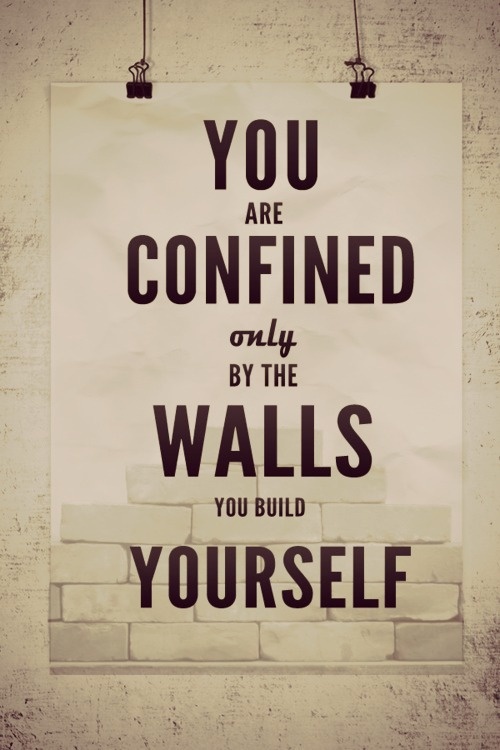
Isn’t it interesting, though, when we see or hear of someone doing some kind, selfless gesture, it warms our hearts and makes us desire to do the same?
Aldous Huxley had an interesting phrase, the ‘Not-self.’ In the context he was speaking, he was relating (or not relating) to objects around him (like the furniture), while he was in a hallucinogenic state of mind. He felt like he was not part of, nor responsible for the things around him, and that they existed on their own. He felt this was very freeing.
It made me think about how routine tends to tie us to a reactive state, versus Disruptors who thrive within the creative process. During this period, they become the not-self in order to see their idea completely, without ego or inhibition. This state of ‘not-self’ removes them from the process, allowing them to challenge and push farther than they might have, had their ego been involved.
In this way, the ego is part of the innovation process and not the disruptive process, which are two separate states of reality.
And because a disruption initially is open-ended, creative, and divergent in its nature, there is no need to involve the self in the process.
Belief Systems
What ultimately holds us back is our adherence to our beliefs. Some believe in a god, some do not. Some believe in rights for all, others do not. Some have adopted certain prejudices; others are more open-minded. But where are these beliefs coming from, and who’s right?
A belief is an acceptance that something is true and therefore right.
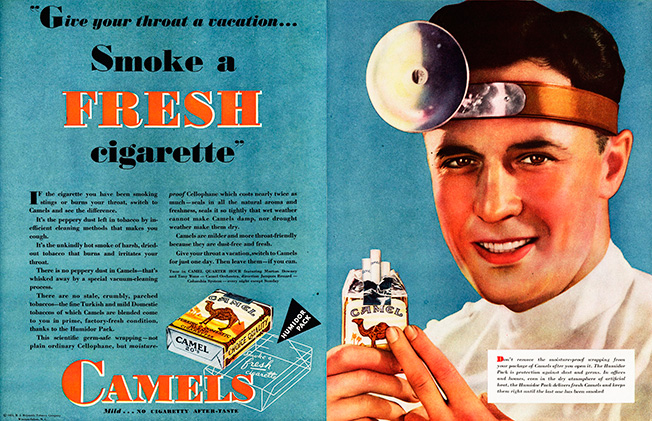
The only way one can be sure which beliefs are right and which don’t serve us is to wake up. And the only way to do that is to get out of your bubble.
In the movie the Matrix, Neo had to be awakened and shaken out of his complacency of what he thought was reality. But for those of us who believe we are already awake, it takes another method for seeing the truth.
There are only two ways to examine one’s beliefs. One, is to interact with other cultures, other races, other genders, other proclivities. Travel can do wonders to make one reevaluate his current belief system.
The other is to ask questions about your current beliefs, while simultaneously challenging why you’ve adopted those beliefs in the first place. Where did they come from? Why are they so? What makes them the truth? Who is the source behind these beliefs, and are they serving you or are they holding you back?
What are Your Real Limits?

Limiting beliefs are one of the major obstacles preventing us from succeeding in our lives and doing all the things that we are capable of doing and would enjoy the most. This is even more important than concepts like self-confidence, effective time management, or effective goal setting because we will never be able to access these concepts if our limiting beliefs get in the way and stop us before we even get started.
Our belief systems are often deeply rooted and can begin from very early on in our infancy as we observe and begin to emulate our role models, in the form of parents, siblings, and social groups. And these beliefs can stay with us long past the point of being a healthy option. Yet even a stubborn negative belief system can be changed.
It’s Your Choice
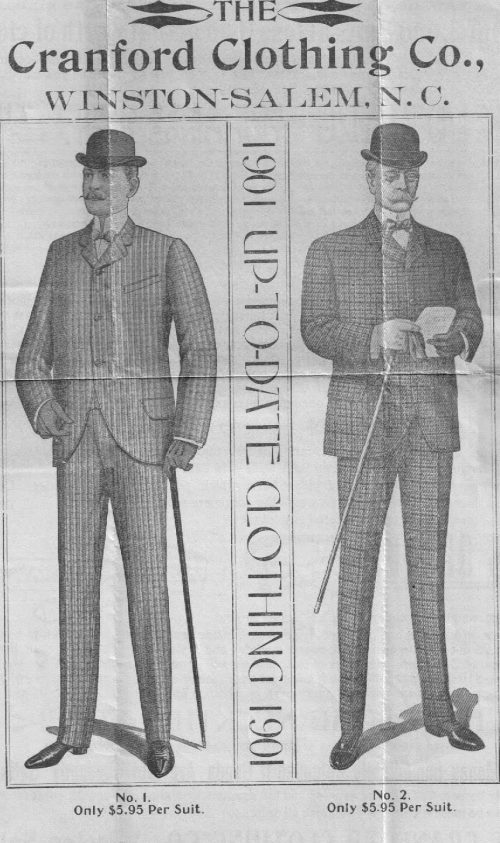
The first and most important thing to accept is that belief is a choice. A belief is something that one holds to be true without necessarily being able to adequately prove its main contention. This means that not all of our beliefs are true but rather believing in them is what makes them true for us. In other words, it’s the story we choose to adopt and place behind the conviction of our belief.
It’s only when outside influences challenge those assumptions and make you question those deep-rooted beliefs, that you may begin to doubt your own opinions, ideas, theories, or even your faith. This can happen when you attend college and hear a lecture that challenges your current point of view, when you travel and visit other cultures, or even when you move to a different state where their ideas and ways of living differ vastly from your own.
However, challenging a belief does not change it.
Becoming aware that your beliefs may be in question is only the first step in making change. And not all beliefs are bad or need to be changed.
Beliefs determine our fears, our successes, our motivations, our reluctance, our resentments, our comforts, and so much more.
So how do you recognize a bad belief system? Oddly enough, you already know by certain outcomes and patterns that you have limiting beliefs.
Key things to notice are:
- When you hesitate because of fear
- When you are not progressing as far or as fast as you’d like
- When you are constantly in overwhelm
- When you negatively compare yourself to others
- When you are judging or criticizing too much, or when you think others are judging you harshly
- When you are being reactive versus proactive in your choices and decisions
- When it’s easier to hide out or you find too much comfort in things like vegging, overeating, or even substance abuse
Your belief system can also be a result of your “personal truth,” the justification you make for staying stuck. Some people call this your “story.” Your reason for not changing or moving past a roadblock in your life.
- “I’ll never be loved.”
- “I’ll never be rich.”
- “I’ll never be successful.”
- “I’ll never travel.”
- “I can never save.”
- “I’ll always be fat.” Or “It’s okay to be fat.”
- “Others have it easier than me.”
- “They are just luckier than me.”
Beliefs are not facts. But they can be mistaken as fact. They are really conclusions you’ve drawn from early experiences, guided by your peers as to the outcome or reason behind them.
Be careful of the language you choose to attach to a belief; “This is how we’ve always done it,” “It’s too hard,” “That’s not how I was raised,” “My family doesn’t believe,”…
Changing an old belief that no longer serves you may take some time, but when you see that what you’re currently doing is no longer working for you, or that you are in discomfort or in pain because of your current beliefs, you can begin to look for new opportunities and be open to an alternative choice.
EXERCISE:
This is a simple, non-complicated system to evaluate or change beliefs that may not be serving you to the best of your potential and capability.
1: Question where those beliefs came from. A child is not born with prejudice or hate. It is learned and emulated.
2: Explore. Visit another state or country, or talk to many different people from different cultures and upbringings, and observe how they view life versus how you view life. Example: Someone’s idea of being overweight in Los Angeles, California, will be vastly different from someone who lives in Fiji.
3: Shake up your routine. Drive a different route to work. Eat later or earlier. Buy different clothing. Take a walk instead of being stuck on the couch.
4: Don’t react. At least not immediately. Don’t instantly respond to every text or email you receive. Remember, this is someone else’s request of you and it’s not your job or concern to react immediately. Before cell phones came along, it would take hours before we called someone back, simply because they left us a message at home when we were at work. The world didn’t end. Life wasn’t lost.
Try adopting these practices and see if things change for you. I assure you that you will become more relaxed, and you’ll begin to notice things around you that you stopped having time for.
Footnotes
1: https://www.psychiatrictimes.com/view/what-does-rat-park-teach-us-about-addiction